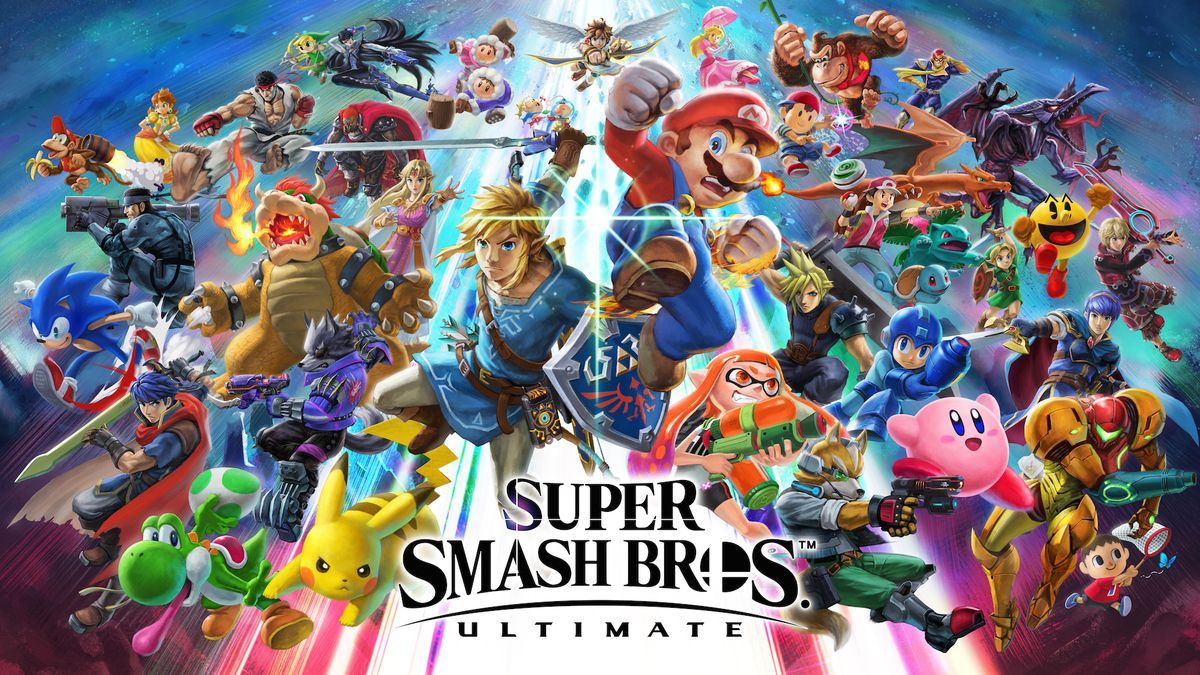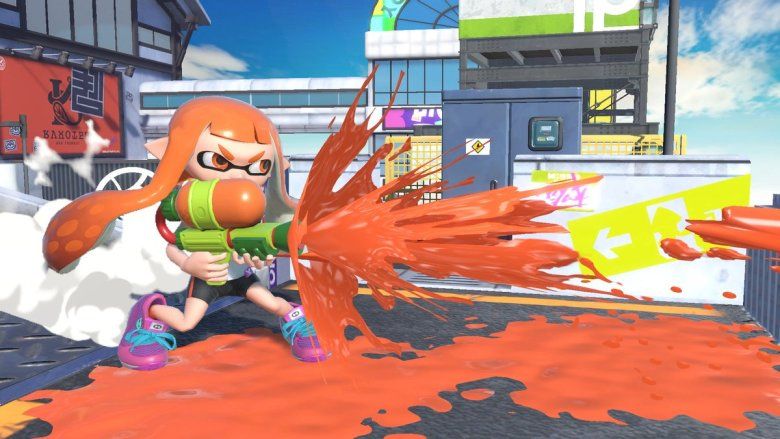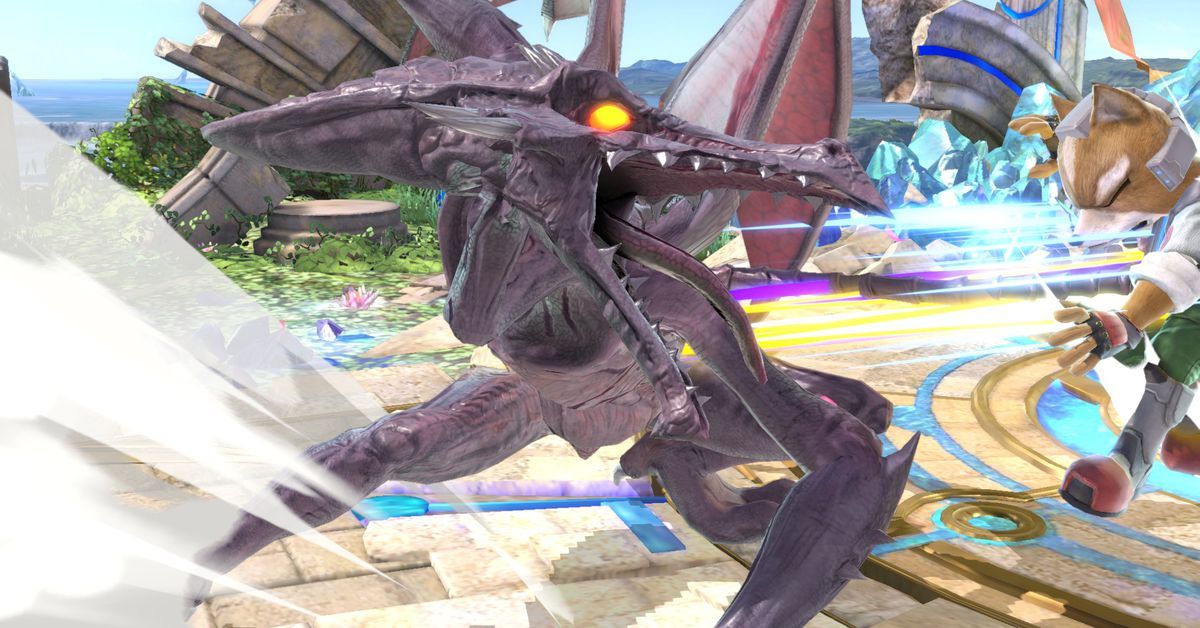Since the series' first release in 1999, Super Smash Bros. has become one of the most beloved Nintendo franchises, with fans always eagerly awaiting the next entry right as the newest one launches. It is not a mystery why these games are cherished by most gamers: who doesn't want to see their favorite Nintendo characters fight in fast-paced, epic battles? However, that doesn't mean that fans have been fully satisfied with each entry; some would argue that the series hasn't been "good" (mechanically-speaking) since Super Smash Bros. Melee released in 2001 for the Nintendo GameCube -- there is a reason why Melee is still the favorite in the competitive scene to this day.
Those who believe that notion may rest easy as the newest entry, Super Smash Bros. Ultimate, is the tightest that the series has been since 2001.
There are plenty of reasons why Super Smash Bros. Melee has been the favorite Smash game in competitive play. Some would say that the GameCube controller felt built for series, while the various Wii controllers were a hindrance to playing; in fact, they re-released the GameCube controllers alongside an adapter when Super Smash Bros. for Wii U released in 2014 because it was evident that the players wanted this. Some might say that the roster was more balanced.
In the end, it all comes down to gameplay. While every move made in Melee is fast and deliberate, the gameplay in Brawl is slow and floaty, making it feel more like a party game rather than a competitive fighting game. Super Smash Bros. for Wii U tried to find a middle ground between its two predecessors, but it still didn't have the competitive feel that Melee had.
[pullquote]"Super Smash Bros. Ultimate for the Nintendo Switch is a return to form for the series, bringing fast-paced gameplay with movement speed that is akin to Melee but has the look and feel of Super Smash Bros for Wii U."[/pullquote]
Now, it's 2018 and a brand new entry has approached; Super Smash Bros. Ultimate for the Nintendo Switch is a return to form for the series, bringing fast-paced gameplay with movement speed that is akin to Melee but has the look and feel of Super Smash Bros. for Wii U. The newest entry will include every character that the series has ever seen, as well as newcomers like Metroid's winged beast Ripley, Splatoon's Inkling, and Daisy, who is an "Echo Fighter" for Peach. A lot of the returning characters are getting some changes in varying degrees; for example, these changes can be as drastic as Link's new manually-detonated bombs that are inspired by The Legend of Zelda: Breath of the Wild, or as insignificant as Olimar's helmet cracking when hit. It seems like Masahiro Sakurai and crew are really attempting to create the ultimate version of this beloved game.
That notion boils down to its gameplay. Not only does it have the speed of Melee but also its technicality. Unless you're mashing buttons, every move you make is deliberate; that's especially the case in 1v1 matches where damage is increased. There are a lot of strategical approaches to take with each character that requires the same thought process you would have in a traditional fighting game. For example, the Inkling from the Splatoon franchise has moves that splatter the opposing character with paint: this increases the damage the enemy takes. However, you are given only a limited amount of paint, so micromanaging becomes an issue if you aren't careful. It's characters like this that are a bit difficult to use, but are incredibly rewarding once you figure out how to use them effectively.
[pullquote]"I'm happy that Super Smash Bros. Ultimate exists, because I know its fans will adore this nostalgia-fueled return to Nintendo's popular fighting game series."[/pullquote]
The character I'm sure everyone wants to know about, Ridley, was not just created to please fans; Samus' arch-nemesis fits right in with Super Smash Bros. Ultimate's giant 60+ character roster. My first thought as I started playing as Ridley was that his move set was similar to Fox McCloud and Captain Falcon, especially in terms of special abilities. His Down B attack is very similar to Fox's, and his Forward B is similar to Captain Falcon's, although with a slight twist. Ridley played a lot faster than I anticipated as well; I assumed he would have the same speed we've seen from bigger characters like Bowser or Charizard. Instead, Ridley is nimble for his size and moves around the stage with ease. Ridley may not be the best pick in a competitive setting, but will definitely be fun playing with a bunch of friends.
At first, I was disappointed that Ridley was announced -- I personally wanted Banjo-Kazooie -- but after playing as him, I understand why fans thought this was a great option.
Super Smash Bros. Ultimate looks like it is on track to become the ultimate version of this beloved series. In some ways, this would be a great swan song for the director if he decides this is his last hoorah for this particular franchise. With a quickness and technicality similar to Melee but a style similar to Super Smash Bros. for Wii U, it's a mixture that could potentially put Melee on the shelf and put Ultimate on the forefront as the competitive Smash Bros. game.
Don't mistake competitiveness with complexity; this game, just like its predecessors, is still one that anyone can pick up and play. It may take a round or two, but muscle memory will kick in once you pick that one character you've played for as long as 19 years. I'm happy that Super Smash Bros. Ultimate exists, because I know its fans will adore this nostalgia-fueled return to Nintendo's popular fighting game series.
Super Smash Bros. Ultimate is coming to Nintendo Switch on December 7th, 2018.



